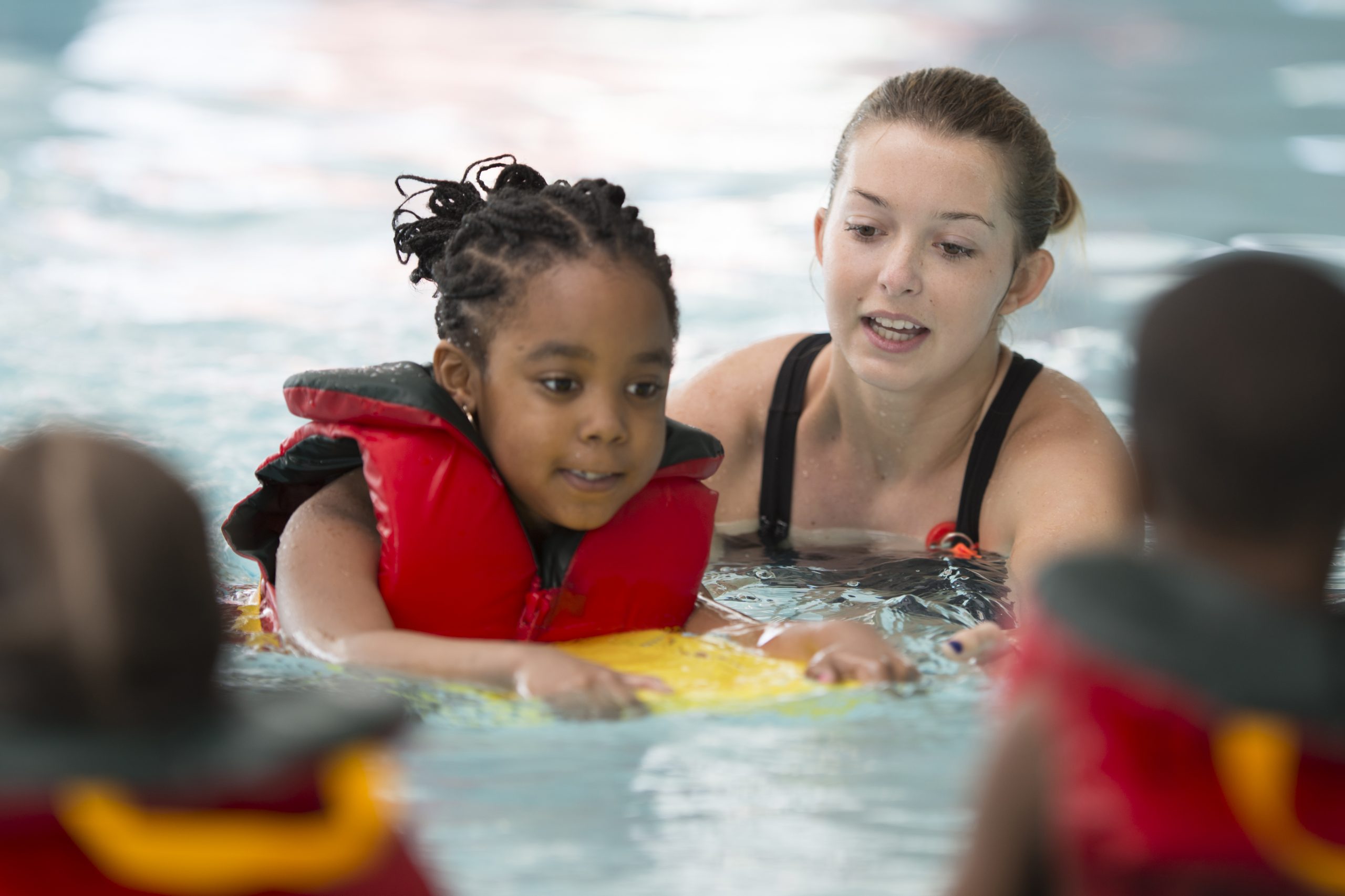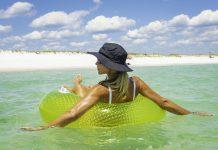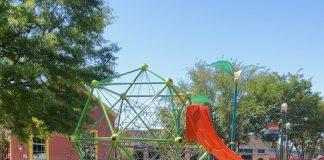Disclosure :: This post is sponsored by Our Lady of Lourdes Women’s and Children’s Hospital and written by Dr. Blaine Lavergne.
Splash Into Summer, Safely

An ounce of precaution can help you keep the focus on fun while enjoying the water this summer.
“It happened so fast.”
This constant refrain in the Emergency Room seems to surface more often during the summer months, when children are more active and enjoying the water. It’s a pretty accurate statement when referring to most accidents, especially drowning or injuries around a swimming area. Everything seems to be fine one second, then the next, tragedy.
Maybe the child was swimming and laughing one minute, then under water the next. Perhaps the child was showing off the next greatest dive to shame all other dives, but slips on the wet concrete next to the pool. Or, it could be someone misjudged the length of the rope swing, how shallow the water was beneath it or the limb where it was attached.
Drowning is a leading cause of death for children ages 1 to 14, according to the Centers for Disease Control, which also notes drowning is second only to birth defects as the most common cause of death for children ages 1 to 4.
For every child who does not survive, an estimated five more are brought to an Emergency Room for treatment of nonfatal submersion injuries, notes CDC.gov. Still, that doesn’t account for broken bones, sprains, strains, lacerations and other injuries that occur on the wet, slippery surfaces next to the swimming area.
Fun should never be replaced by fear. Yet, fun should come with a certain level of caution to ensure it’s safe.
- Ensure everyone in the water knows how to float or possesses some basic knowledge of swimming. Enroll your children in swimming lessons early in life, and repeat the lessons at least once to ensure what they learned sticks.
- Have at least one person on hand who knows proper and up-to-date cardiopulmonary resuscitation (CPR).
- Life jackets and other floatation devices, especially for smaller children, are a must, even for a dip in shallow kiddie pool.
- Have a pool? Enclose it in a fence that completely separates it from the house. Be sure gates are self-closing and self-latching, to prevent adventurous little ones from getting into the pool area without an adult present.
- Watch everyone. Often a person who is drowning does not appear to be in distress. Drowning happens quickly and quietly. Many times the parents or other supervising adults are present and turn their eyes or attention away for a brief moment. Do your best to focus on those in the water, not on a card game, cell phone, book or tablet.
- No running or walking fast on wet surfaces, whether next to a swimming area or elsewhere. Be vigilant while visiting a splash pad. Slips that result in a broken bone, sprain, strain or other injury can happen when you least expect it.
- Inspect the swimming area before enjoying the water. Make sure there are no unseen hazards beneath the surface. Also, avoid diving if the swimming area is shallow.
- Slides and other water toys are great fun. Give them a quick inspection before the festivities begin to be sure all connections are secure and there are no damaged or sharp edges jutting out that could cause injury.
Many of us have fond memories of being a kid and enjoying the water during the summer, whether it was a beach vacation, tubing down a lazy stream or swimming in a backyard pool. With a little effort, we can ensure our children, too, have those wonderful memories for years to come.
 Dr. Blaine Lavergne is Medical Director for the Emergency Department at Our Lady of Lourdes Women’s & Children’s Hospital. Learn more at LourdesRMC.com.
Dr. Blaine Lavergne is Medical Director for the Emergency Department at Our Lady of Lourdes Women’s & Children’s Hospital. Learn more at LourdesRMC.com.


















